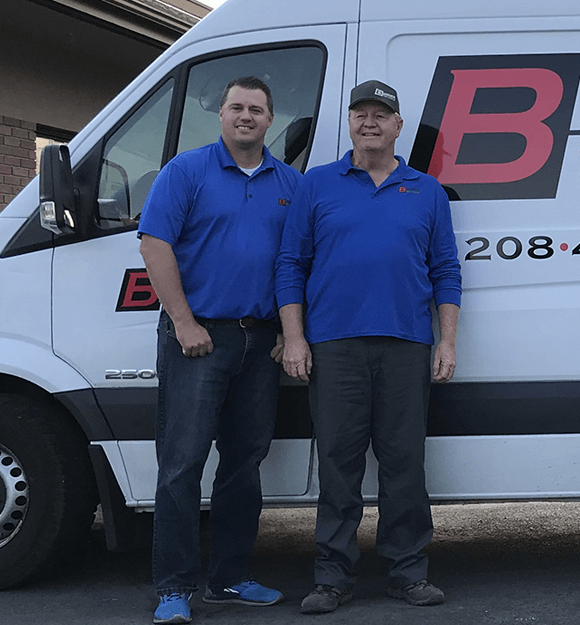Safeguarding Food Processing in the Treasure Valley
In the Treasure Valley’s bustling food processing industry, quality and safety are essential ingredients. But pests are a potential contaminant that no recipe calls for. Welcome to our comprehensive guide to maintaining a pest-free environment in the heart of your operations.
The Unwanted Ingredients: Common Pests in Food Processing
Let’s take a look at the most frequent offenders trying to crash your production line:
– Stored Product Pests: Weevils, moths, and beetles that infest raw ingredients
– Flies: Vectors for various pathogens and a significant contamination risk
– Rodents: Carriers of diseases and capable of damaging equipment and packaging
– Cockroaches: Resilient pests that can trigger allergens and spread bacteria
These uninvited guests aren’t just after a free meal—they threaten your entire operation.
The Real Cost: Impact of Pest Infestations in Food Processing
When pests invade a food processing facility, the consequences can be devastating:
– Product contamination leading to costly recalls and wasted inventory
– Regulatory non-compliance resulting in hefty fines or facility shutdowns
– Damage to expensive processing equipment
– Loss of customer trust and contracts
– Potential legal liabilities from foodborne illnesses
Just as one faulty piece of equipment can halt an entire production line, a single pest incident can grind your whole operation to a stop.
Quality Control: Proactive Pest Prevention for Food Processors
It’s time to add pest control to your HACCP plan. Think of your facility as a fortress and Barrier Pest Control as your specialized defense force against microscopic invaders. Here’s your action plan:
1. Implement rigorous inspection protocols for incoming ingredients and packaging materials
2. Maintain a robust sanitation schedule, paying particular attention to hard-to-reach areas
3. Use pest-proof storage containers and proper stock rotation (FIFO method)
4. Install and maintain physical barriers like air curtains, strip doors, and proper sealing
5. Train all staff on pest identification and reporting procedures
Remember, in food processing, as in pest control, prevention is always better (and cheaper) than the cure.
The Secret Sauce: Barrier Pest Control’s Specialized Approach
At Barrier Pest Control, we understand that food processing facilities require a unique approach:
– Customized IPM (Integrated Pest Management) programs tailored to your specific facility and products
– Use of food-safe, low-impact pesticides that comply with all relevant regulations
– Non-disruptive treatments that won’t interfere with your production schedule
– Detailed documentation to support your audit and compliance requirements
The Bottom Line: ROI of Professional Pest Control
Investing in professional pest control yields significant returns:
– Maintained compliance with FDA, USDA, and other regulatory standards
– Reduced risk of costly recalls and production shutdowns
– Enhanced reputation with customers and consumers
– Improved employee morale and productivity
– Long-term cost savings through prevention of pest-related damages
Your Next Step: Elevating Your Pest Control Game
As a food processor in the Treasure Valley, you’re not just creating products but upholding a promise of safety and quality to consumers. Your pest control strategy is a critical part of fulfilling that promise. Will your approach be proactive or reactive? The choice is yours, but remember, Barrier is here to ensure your facility remains an impenetrable fortress against pests.
Ready to make pest control a key ingredient in your quality assurance recipe? Contact Barrier today for a comprehensive facility assessment. Let’s create a pest prevention plan as rigorous as your food safety protocols!
